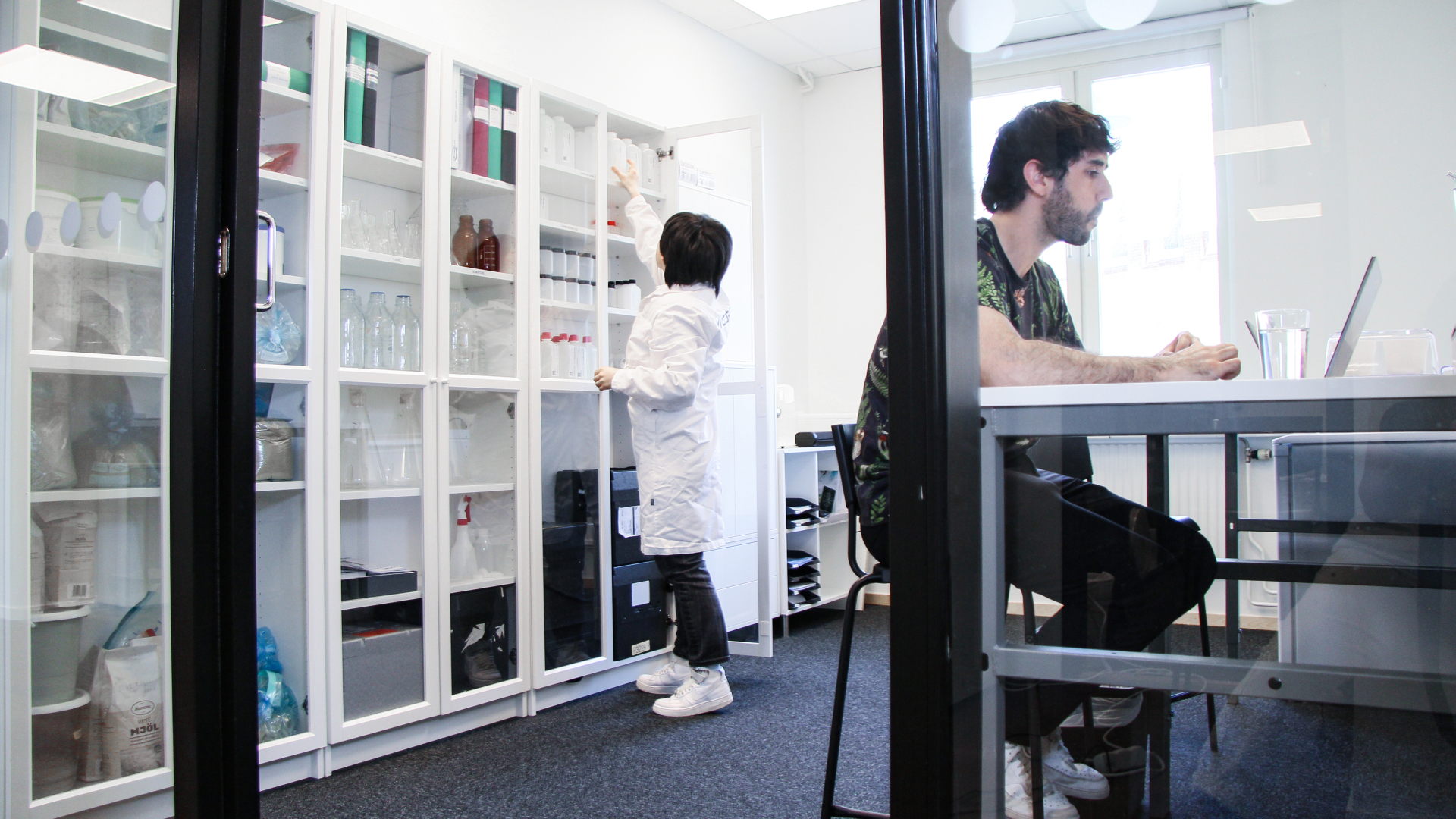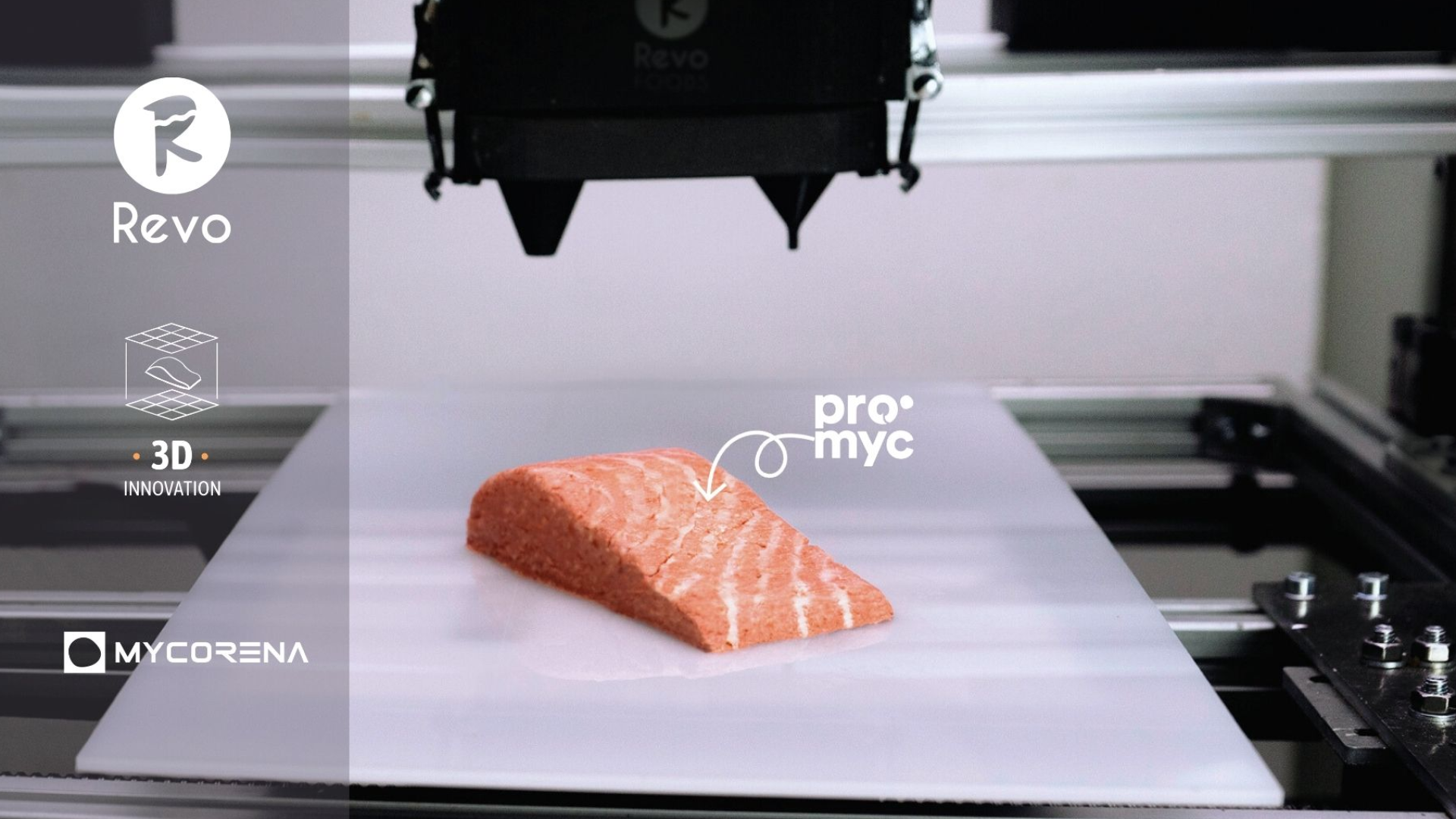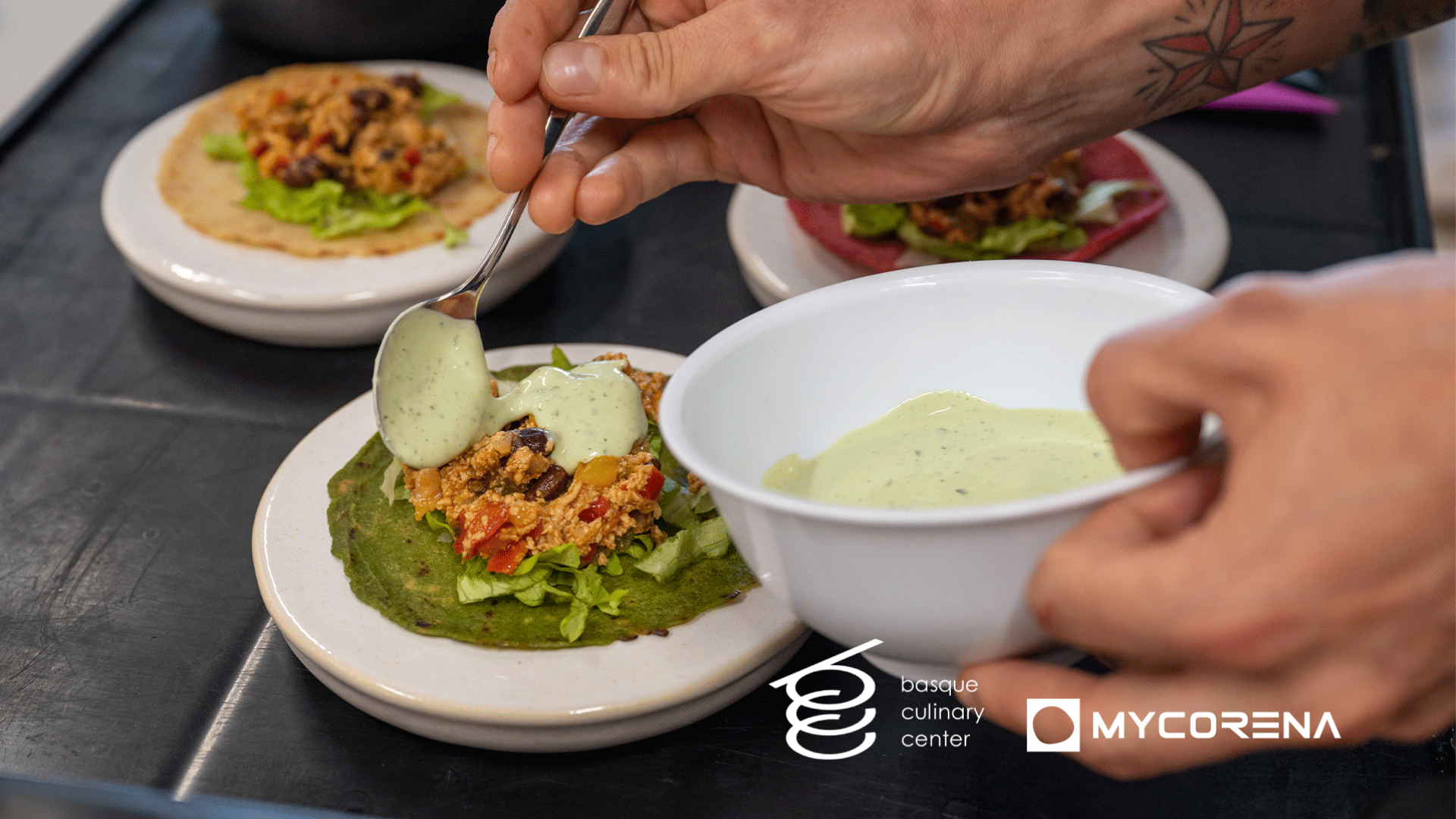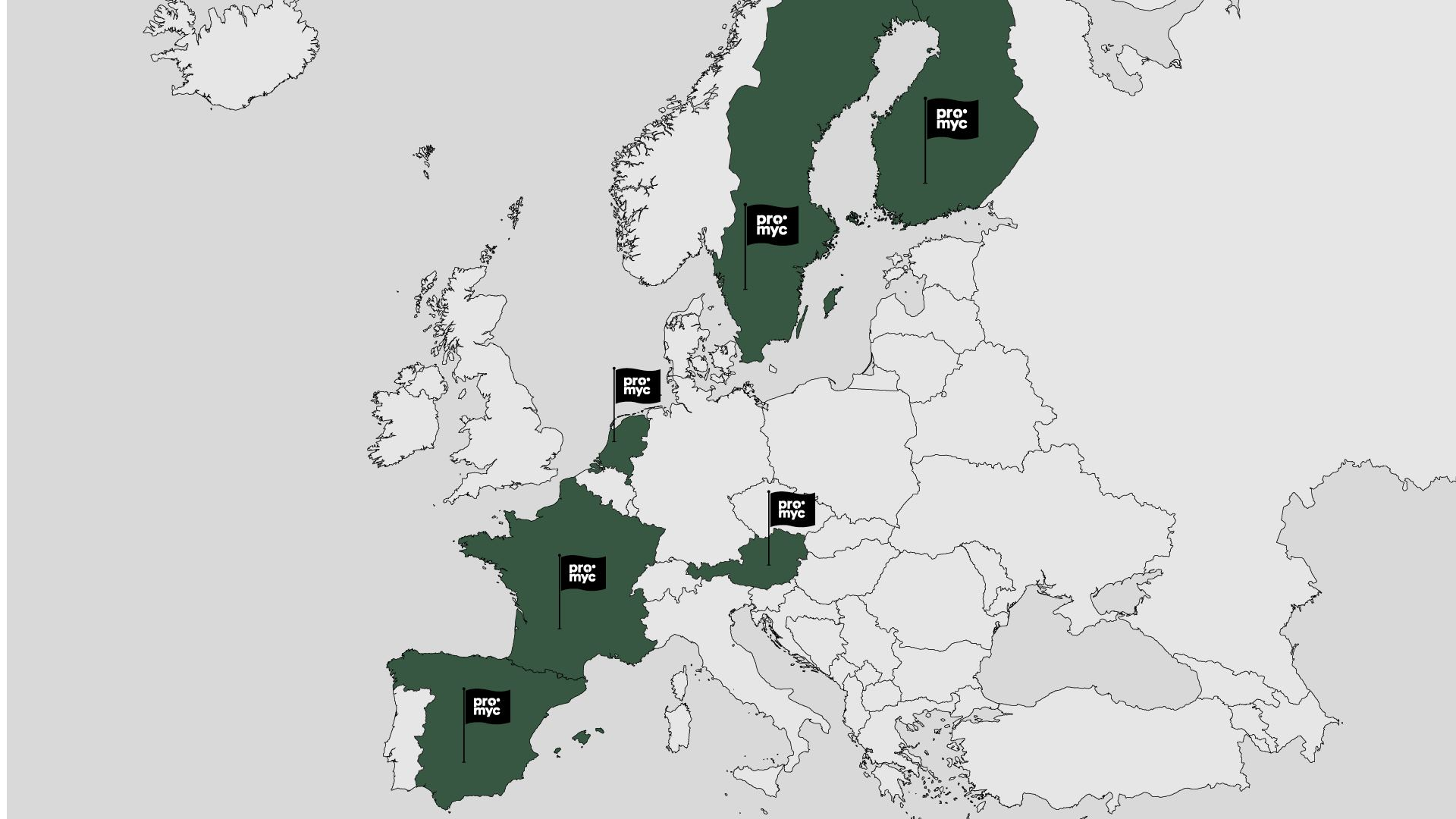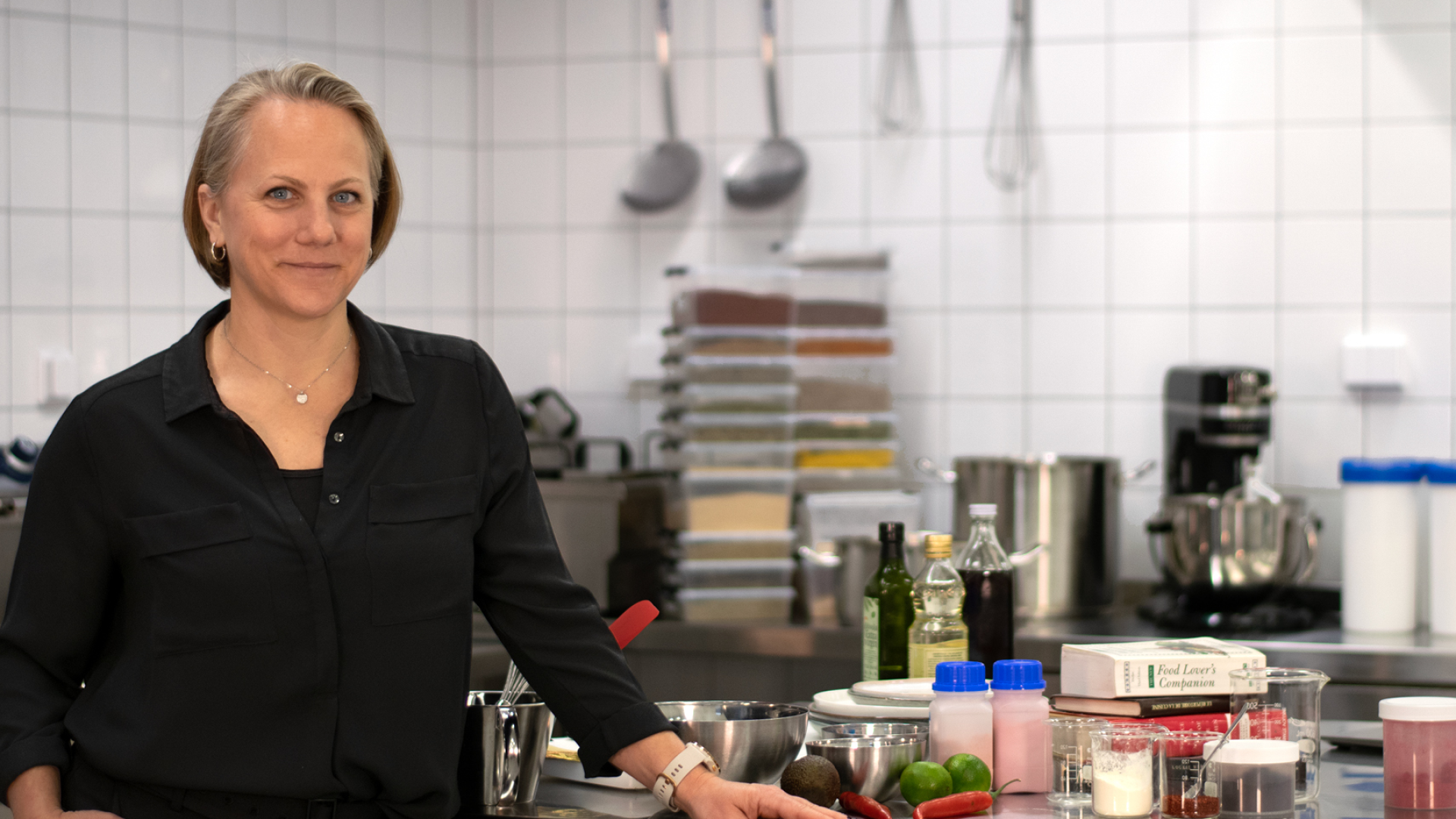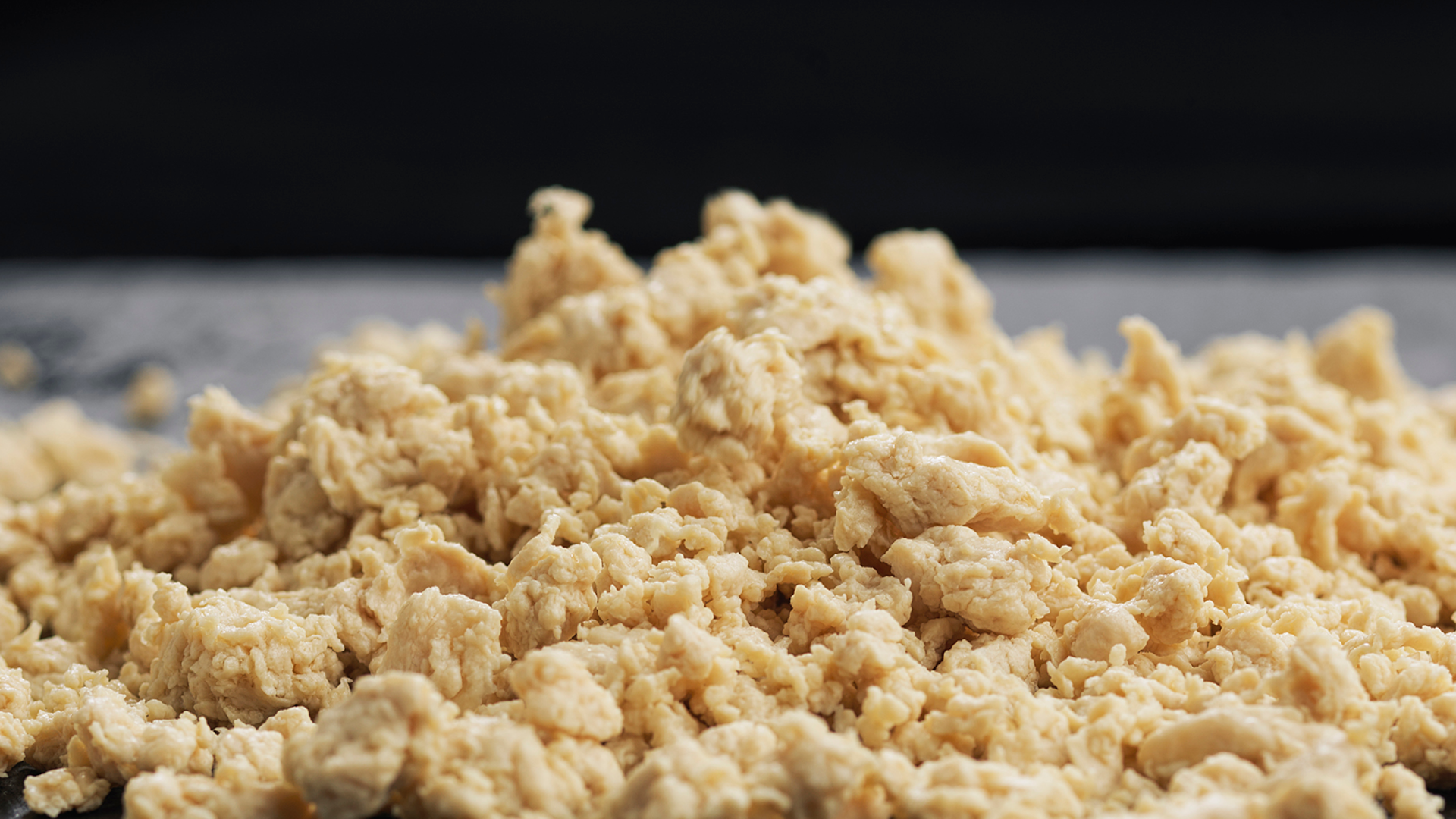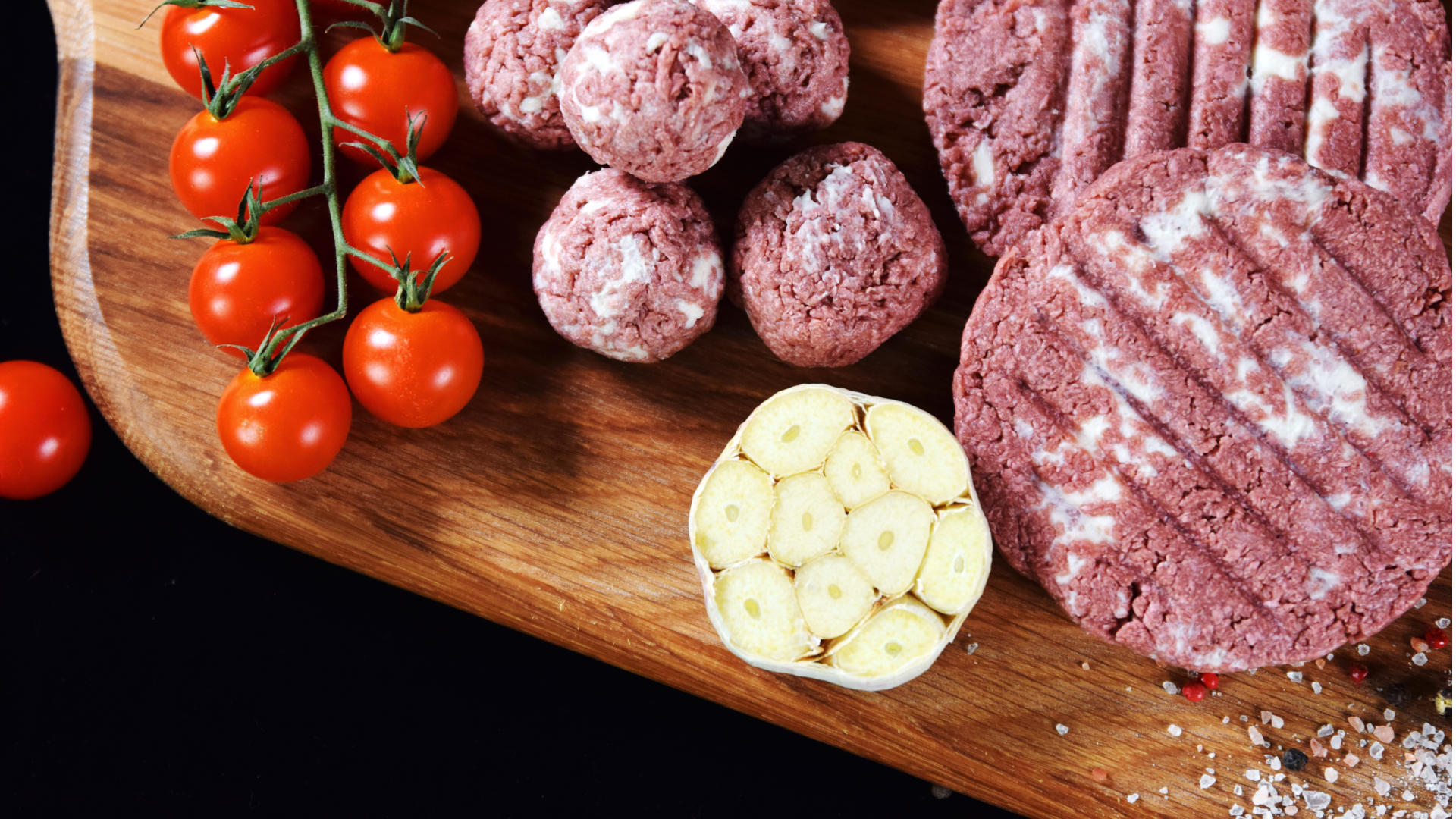As I’m sure you have now figured out from browsing our website, Promyc is a fantastic product which can be used for numerous applications. From delicious nuggets and yummy snacks to fibrous structures and fungi-based fats that melt like animal fat. This fungi-based fat could be developed into a tender steak with the properties of a beef steak, making it possible for even a hard-core meat lover to fall in love with fungi, without having to compromise on flavour and texture. Promyc is also nutritious, with high protein content and low content of sugar and fat but still containing all essential amino acids. It may sound like it is too good to be true, but it is not! The future of food is indeed here.
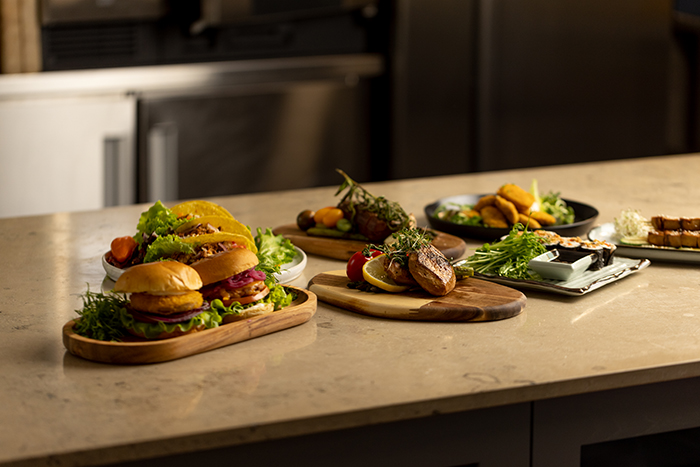
However, all the hard work that has brought us these applications would be for nothing if we could not maintain a high standard of quality in our products. Imagine not being able to know if the product was as good as the first time you tried it, instead being subject to roulette of good and bad. This is where quality control comes in. Quality control is an essential part of ensuring that we can provide our customers with a safe product that maintains consistently high quality.
We start with quality assurance; this includes everything that happens during the production of Promyc. To ensure the product quality in the process, parameters are constantly monitored. These parameters can be temperature, pH and oxygen level in the reactors and are monitored using sensors. This data is then stored in a database and if any of the values are outside their desired range, the process operators can take action to ensure the product quality. We also use the HACCP system, which prevents any possible hazards in the production from food safety hazards as well as physical hazards. To control and assure that there are no hazards, we use a digital platform which monitors all possible hazards and gives a notification when it is time to check the reactor's temperature or take hygiene swabs of production surfaces. In the platform, we can also file deviation reports. If a factor deviates from the usual, it can be reported and resolved. In short, quality assurance (QA) is used to assure product quality, and quality control (QC) is used to ensure/control that the quality criteria we want to achieve are met.
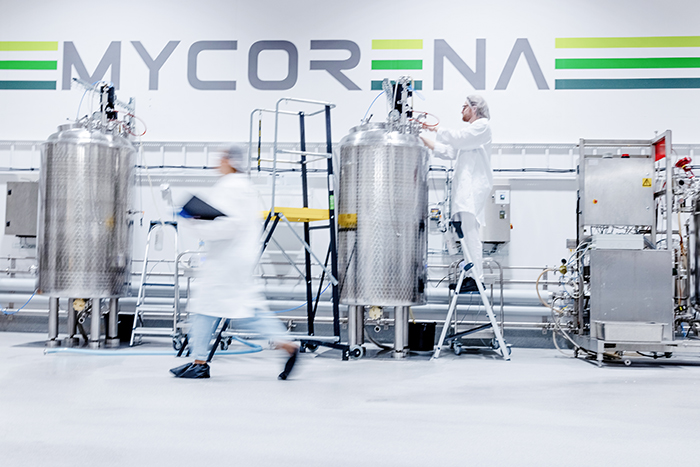
So, how is the quality control done? Samples are taken from each batch of Promyc by the production team. It is important to sample from different parts of the harvest to have as representable samples as possible. The production operators then vacuum seal and place them in the freezer before it goes through further analysis. In-house, this includes sensory analysis and pH control.
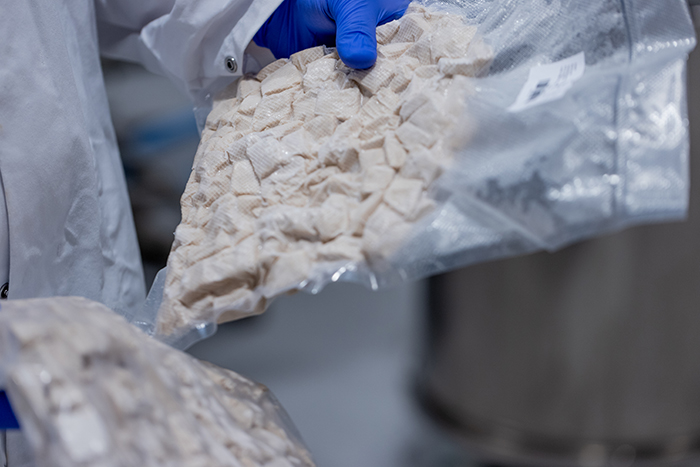
The sensory analysis is performed according to established statistical methods, and the members of the sensory panels have been trained in-house to ensure they are up to par. They are also tested continuously by calculating the standard deviation to make sure that they are aligned with each other. The samples are tested on taste, texture and appearance, where the participants score each sample in a form. The batch is unknown to the participants to avoid bias, and a maximum of four batches can be analyzed at the same time as the taste buds can become saturated. The batches are tested by each participant in a different order so that the quality assessment is as equal and even as possible.
pH is then measured on all samples to ensure the pH is within a certain range. If the sample is not up to the high and desired quality, the batch will not be delivered to a customer but used in-house for R&D (research and development) purposes. If all quality parameters are within acceptable levels, the batch is approved and ready for delivery!
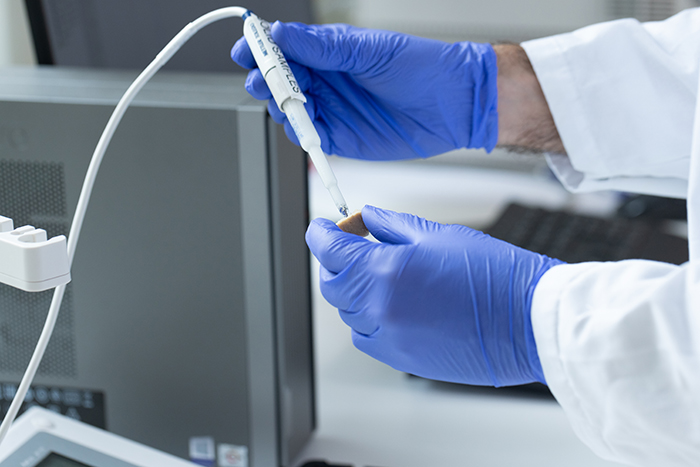
Since we strive to create great food products, our demo plant (MIND) in Gothenburg is certified according to IP Livsmedel. We are also preparing for a FSSC 22000 certification of the new production site (3P) in Falkenberg.
So, the next time you enjoy your favourite Promyc product and admire the high quality, you now know why it has that exceptional quality - and why it will remain.
Author:
Bovie Hong
R&D Engineer
